16 Types of Childless Grief Part Four
This article is the fourth in a series about childless grief, where I look at the 16 types of grief and how they relate to the childless, not by-choice experience. I suggest reading parts one, two and three first. If you feel overwhelmed at any point, take a break. Digest and reflect on what you have read, and return when you are up to exploring the other types of childless grief.
Knowledge is power. I will add that knowledge is also healing. While explanations of grief aren't inherently healing, having the language to describe your grief and the validation of a cause is the foundation of grief integration.
Reading about childless grief can be tough. Take a few deep breaths and take in the lovely green colour of these leaves.
Childless Grief is Complex
Grief is a natural and universal human experience. However, the grief of childlessness is complex and multifaceted. Depending on the individual, circumstances, and cultural context, it can manifest in various ways.
This article looks at:
12. Inhibited Grief
13. Abbreviated Grief
14. Absent Grief
12. Inhibited Childless Grief
When someone isn't showing obvious or outward signs of grieving, it is known as inhibited or suppressed grief. You might stop or inhibit your grief for many reasons such as;
You don't have the capacity to face it at the moment,
You feel unsupported and alone,
You don't know how to grieve,
You feel that facing grief means giving up hope,
There isn't space for grieving,
Inhibiting or suppressing grief is a common experience for childless not by choice women. As your suffering is invisible and not recognized by society, it is hard to carve out the time and space needed to face and integrate your experiences.
Grief needs somewhere to go. It is common for inhibited or suppressed grief to show up in other ways, such as:
Muscle tension or tightness
Anxiety
Depression
Insomnia
Digestive problems
Pause here and focus your attention on the many different shades of green present.
13. Abbreviated Childless Grief
This is when the grieving process is brief and is completed quickly.
In my experience and talking with many other childless women, this experience is uncommon. All grief is still grief, and the length of the grieving experience doesn't indicate the depth of grief.
14. Absent Childless Grief
Like inhibited or suppressed grief, this is when someone isn't showing any signs or feelings of loss. This can happen if you are in total shock or denial about your childlessness. It is normal to feel shocked or in denial. Getting stuck in this state is when problems arise. Grieving is necessary, and the emotions will come out or show up in one way or another. This could be in the ways listed above under inhibited grief. It can also show up as heightened emotional intensity around everyday occurrences. For example, you get disproportionately angry at the restaurant server when your food isn't how you ordered it.
The grief of childlessness is a complex and individual experience that can manifest in various ways. Each type of grief deserves attention and support from loved ones and professionals. It is important to remember that there is no right or wrong way to grieve, and everyone should be allowed to process their emotions in their own time and manner.
Which types of grief do you relate to?
How does this show up in your life?
With patience, understanding, and compassion, we can help each other navigate through the difficult childless, not by choice, grief journey.
For support with integrating your childless grief, visit here.






